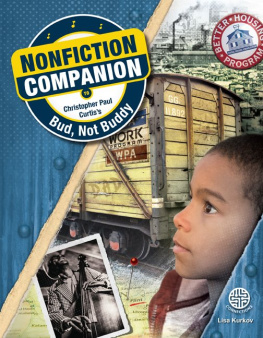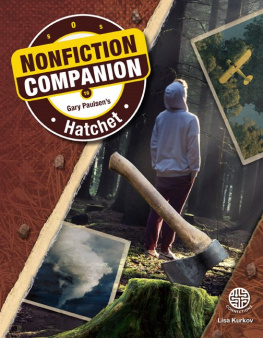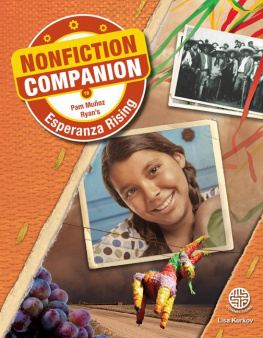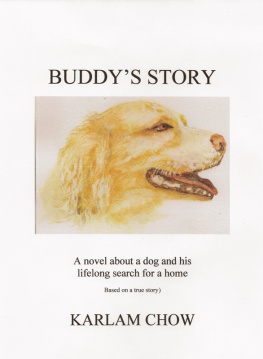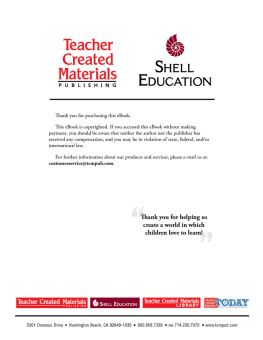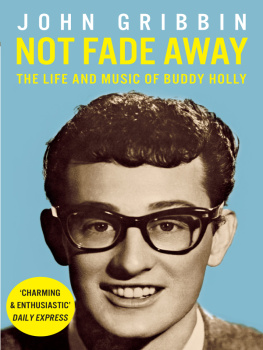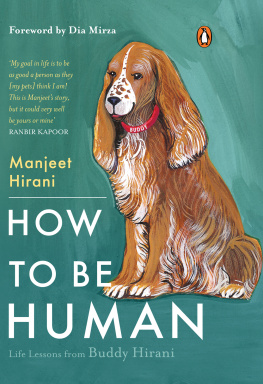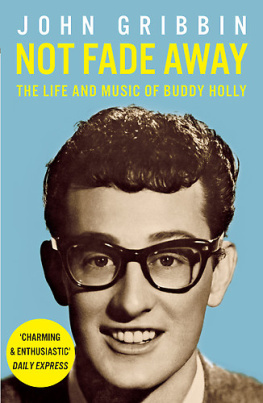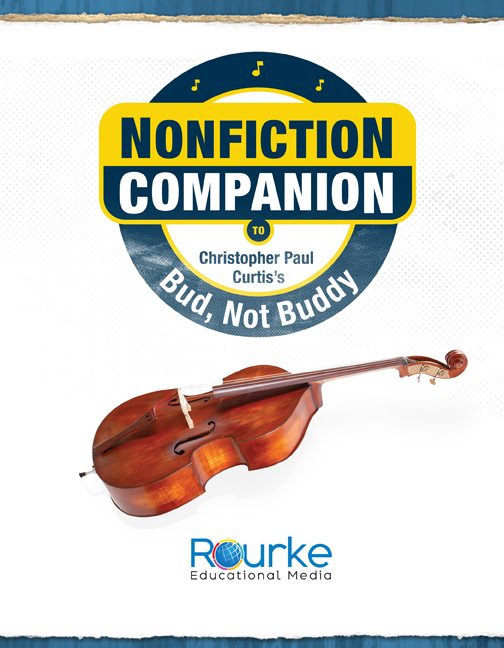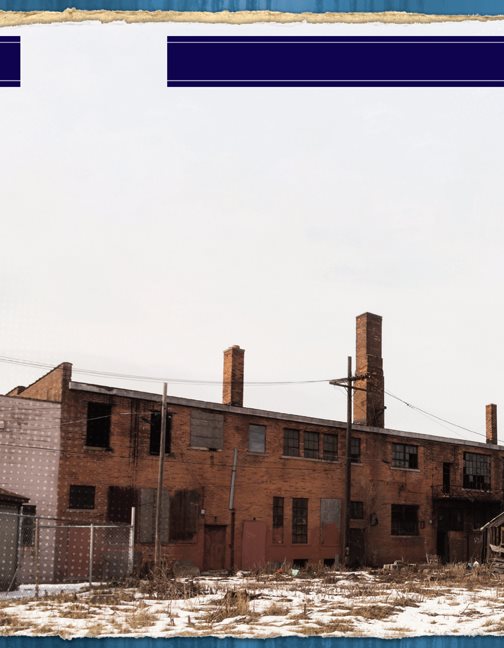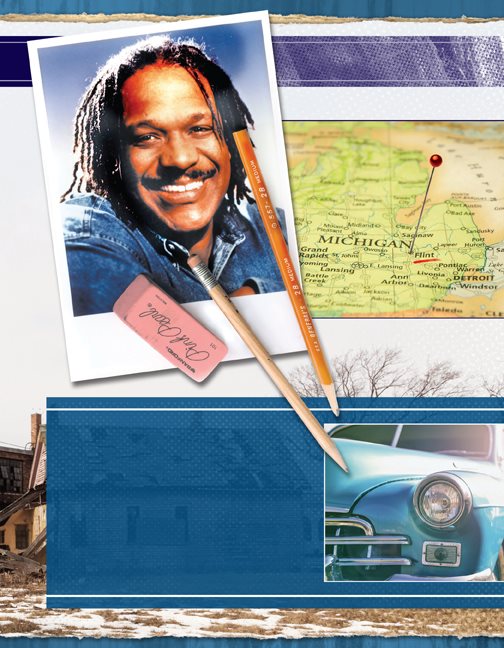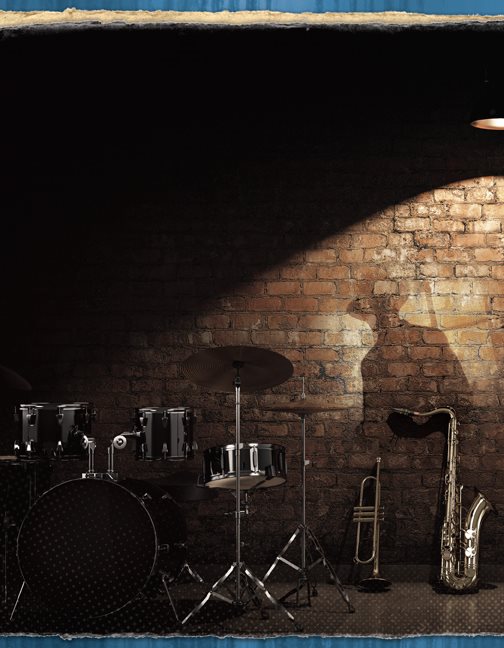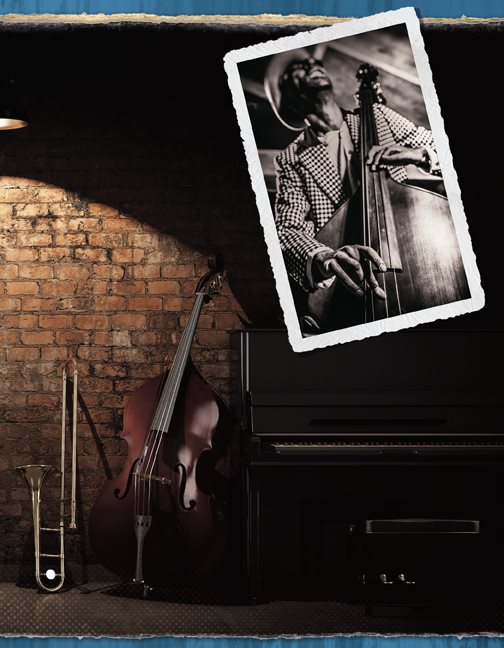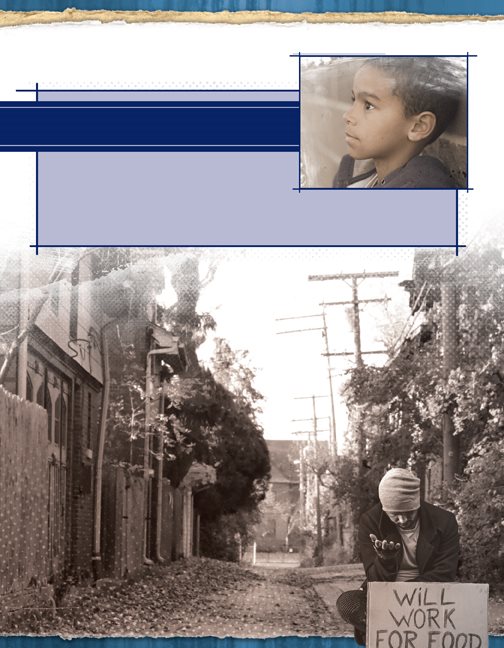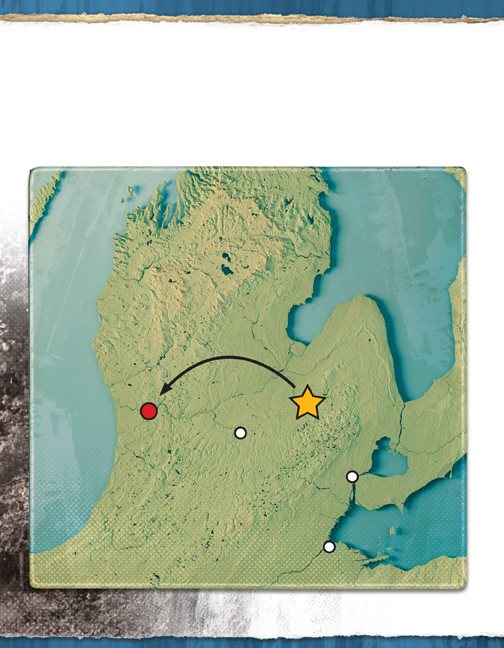

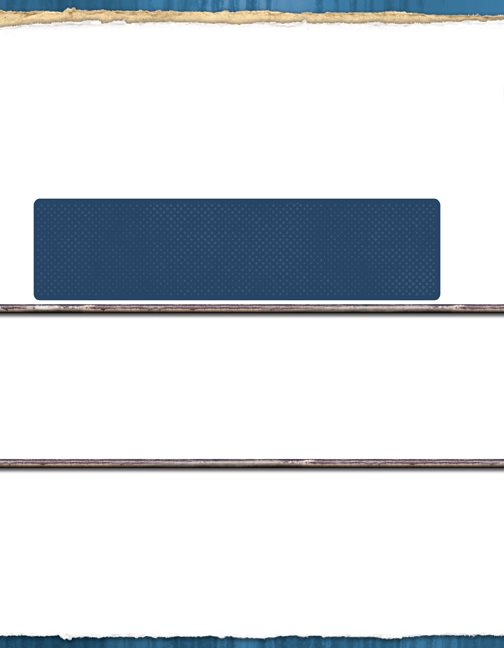
BE FORE, DURING, AND AFTER RE ADING AC TIVITIES Befor e Reading: Building Backgr ound Knowledge and Academic V ocabulary Befor e Reading strategies activate prior knowledge and set a purpose for reading. Befor e read ing a book, it is important to tap into what your child or students already know about the topic. This will help them develop their vocabulary and increase their r eading compr ehension. Questions and activities to build background knowledge: Look at the cover of the book. What will this book be about? What do you already know about the topic? Let s study the T able of Contents. What will you lear n about in the book s chapters? What would you like to learn about this topic? Do you think you might lear n about it from this book? Why or why not? blacklisting emancipation Hooverville i mprovisation labor unions mortgages Morse code Pullman porter r edlining Roaring T wenties scat stock market After Reading: Compr ehension and Extension Activity After Reading strategies pr ovide an opportunity to summarize, question, reect, discuss, and r espond to text.
After reading the book, work on the following questions with your child or students to check their level of r eading compr ehension and content mastery . What was Bud s goal in the novel? How does Bud feel at the end of the book? How hard do you think it would be to travel like Bud did, today? Have you traveled before? How did you get ther e? If you haven t, how would you like to travel? Extension Activity Bud, Not Buddy mentions labor unions, and this book goes more in-depth. Do your own r esearc h! Pick a labor union from the 1930s and learn mor e about it. Who was in it? What did they want? How did they pr otest? During Reading: W riting Component During Reading strategies help to make connections, monitor understanding, generate questions, and stay focused. While reading, write in your r eading journal any questions you have or anything you do understand. After completing each chapter , write a summary of the chapter in your reading journal.
While reading, make connections with the text and write them in your r eading journal. a) T e xt to Self What does this remind me of in my life? What wer e my feelings when I r ead this? b) T ext to T ext What does this r emind me of in another book Ive r ead? How is this dier ent f rom other books Ive r ead? c) T e xt to World What does this r emind me of in the r eal world? Have I hear d about this befor e? ( news, current events, school, etc.) Building Academic V ocabulary Building academic vocabulary is critical to understanding subject content. Assist your child or students to gain meaning of the following vocabulary words. Content Ar ea V ocabulary Read the list. What do these words mean?
About Bud, Not Buddy and Christopher Paul Curtis... ............. 8 The Great Depre ssion ......................... 8 The Great Depre ssion .........................
Soup Kitchens ............................... Hoovervilles ................................. Riding the Rails .............................. The KKK .................................... Jazz in the 1930s ............................. Pullman Porters ..............................
Property Ownership ........................... Te legrams ................................... Labor Organizations and Unions ................. Discussion Questions .......................... Writing Pro mpts and Projects ................... Glossary ....................................
Bibliography and Index ........................ About the Author ............................. TAB LE OF CONTENTS
ABOUT Bud, Not Buddy and Christopher Paul Curtis The main character in Bud, Not Budd y is one who Christopher Paul Curtis dreamed up many years ago when he was working in a General Motors factory in Flint, Michigan. That character , Bud Caldwell, turned out to be a good oneCurtis won both the Newbery Medal and Coretta Scott King A ward i n 2000 for Bud, Not Buddy . The novel, Curtis s second, tells the story of orphan Bud Caldwell, a young boy searching for his father in Depr ession-era Michigan.
Further Reading Curtis s rst book was The Wa tsons Go to Birmingham1963 .
Further Reading Curtis s rst book was The Wa tsons Go to Birmingham1963 .
Like Bud, Not Buddy , it is a work of historical ction that is based, in part, on family experiences. The Wa tsons takes place during the civil rights movement a turbulent time in American history . If youd like to learn more, sear ch Watso ns Go to Birmingham and trailer on Y ouT ube to see a preview of the movie based on the book.
Curtis gr ew up in Flint, which is why it s a common setting for his books. Curtis s grandfather , Herman E. Calloway . Calloway .
Like many writers, Curtis gets his inspiration from a variety of places. Some characters are based on people in his family or people he s met, while story ideas can come fr om anywher er eal events in history , things he s r ead, or conversations he s hear d.
Flint is the setting for the rst half of Bud s story . Flint is wher e he s fr om (and all he s known) but he decides to travel to Grand Rapids to nd his father . FLINT , MI CHIGAN F rom the Novel
Flint had a dicult time during the Gr eat Depression. Unemployment rates in Michigan were about 8 per cent higher than in the rest of the country .
One reason for this was that the auto industry , a major employer in Michigan, didn t do well in the 1930s; no one could aor d to buy a new car , so the factories had to lay o many people. MICHIGAN Flint Grand Rapids Detroit To ledo Lansing Lake Huron Lake Erie Lake Michigan
The novel takes place in 1936, right in the middle of the Great Depr ession, which lasted fr om 1929 to 1939. In addition to the fact that Bud is an orphan, the country s economy means it is har der than ever to nd food, shelter , and clothing. THE GREA T DEPRESSION F rom the Novel

